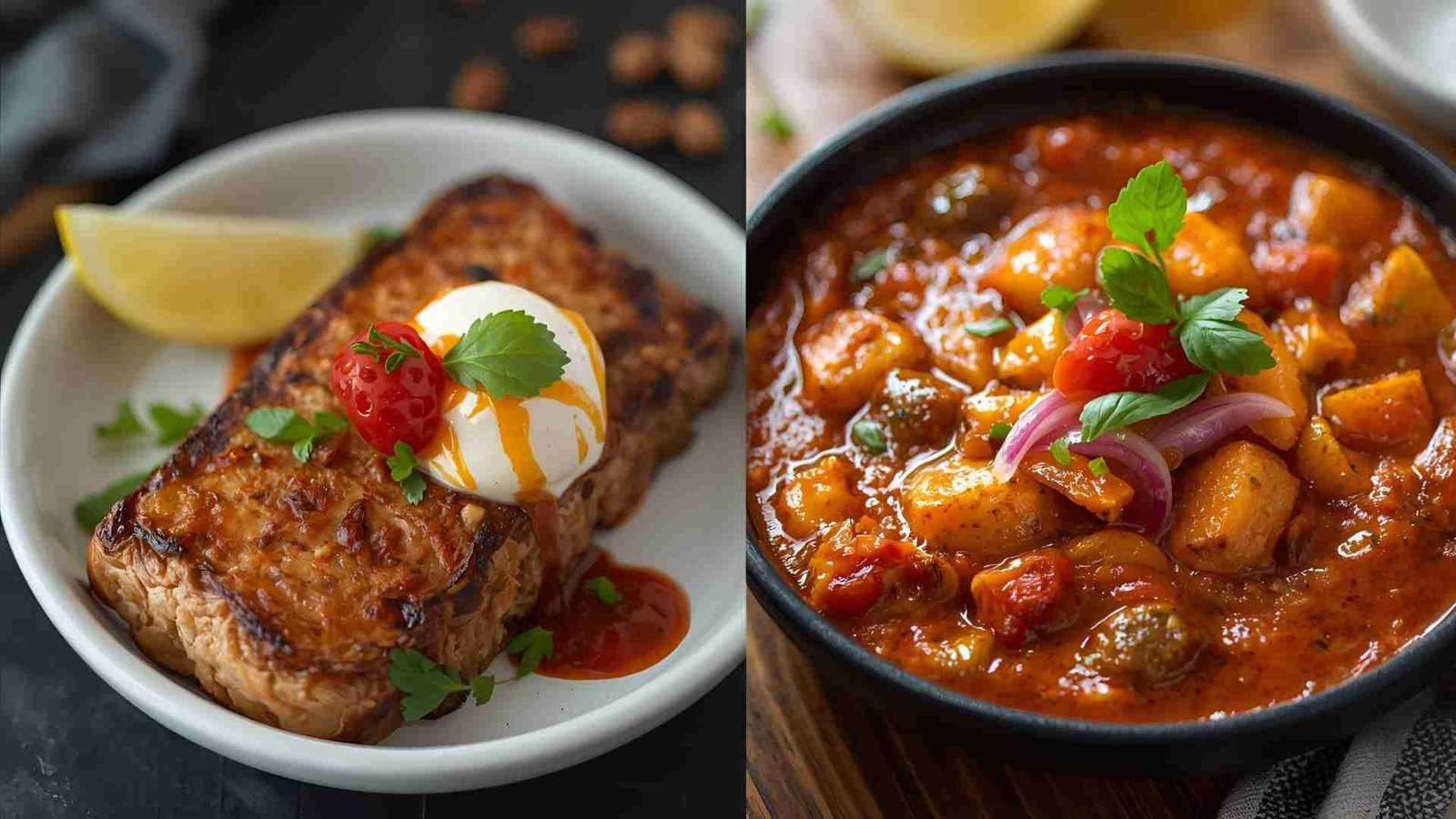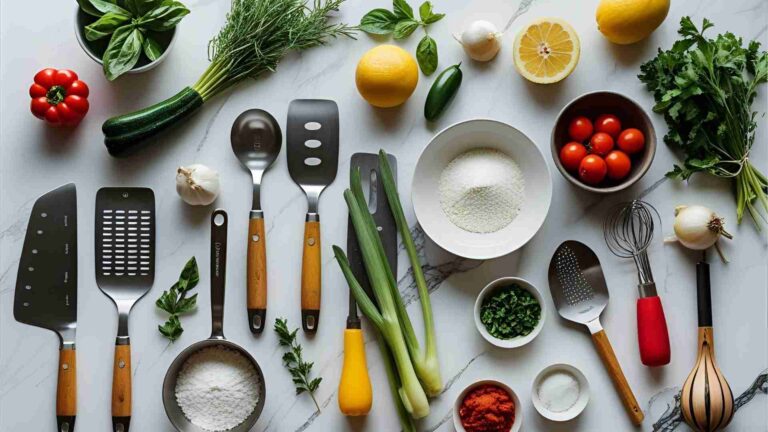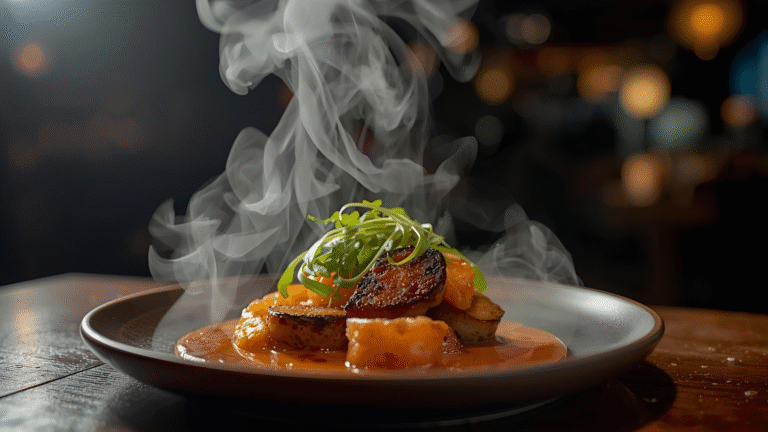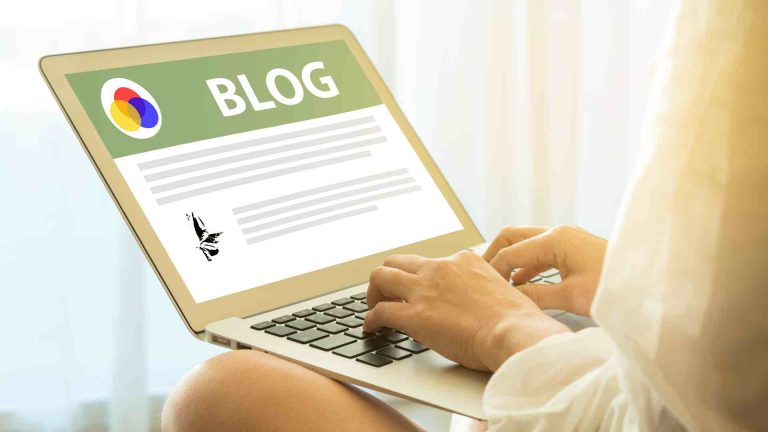How To Start A Business In Food Photography
Turning a passion for capturing mouthwatering dishes into a thriving food photography business is an exciting journey that blends creativity with strategic planning. Food photography isn’t just about snapping pictures of plates; it’s a specialized niche within commercial photography that demands technical skill, artistic vision, and business acumen. From restaurants needing menu visuals to brands launching products and bloggers seeking scroll-stopping content, the demand for high-quality food images has skyrocketed in the digital age. This comprehensive guide walks you through every essential step to start your food photography business the right way, ensuring you build a sustainable, profitable venture from the ground up.
We’ll cover the foundational business setup, skill-building essentials, equipment investments, pricing strategies, portfolio development, marketing tactics, client management, and long-term growth tips. By the end, you’ll have a clear roadmap to transform your camera skills into a full-time career. Whether you’re a hobbyist ready to monetize or a seasoned shooter pivoting to food, these insights—drawn from experienced photographers and industry best practices—will help you avoid common pitfalls and accelerate your success.
Mastering the Business Fundamentals: Legal and Financial Setup
Starting any business requires solid legal and financial foundations, and food photography is no exception. Skipping these steps can lead to costly mistakes down the line, from tax penalties to unprotected assets. Let’s dive deep into why each element matters and how to implement it effectively.
1. Consult an Accountant Early
The cornerstone of a successful food photography business is understanding your finances from day one. An accountant specializing in creative professionals is invaluable. They guide you through tax classifications, deductible expenses, quarterly filings, and long-term planning. For instance, food photographers often deduct camera gear, props, software subscriptions, and even home studio utilities.
Why start here? Because decisions like business structure impact taxes significantly. A good accountant explains complex concepts simply, ensuring you maximize deductions while staying compliant. Look for CPAs familiar with freelancers—many offer initial consultations. Budget $200–$500 annually for basic services, scaling as your income grows.
Accountants also help forecast cash flow. In food photography, income fluctuates with seasonal shoots (e.g., holiday campaigns) or client budgets. They model scenarios: What if you land a $5,000 cookbook project? How much to set aside for taxes (typically 25–30% for self-employed)?
2. Choosing and Naming Your Business
Your business name is your brand’s first impression. It should be memorable, relevant, and available. Incorporate “food photography” for SEO clarity, like “Savory Lens Food Photography.”
Check availability:
- Domain names (GoDaddy or Namecheap).
- Social media handles.
- Trademark databases (USPTO.gov).
- State business registries.
Avoid personal names if planning to sell the business later. Once chosen, secure it across platforms. Cost: $10–$50 for domain registration.
3. Deciding on Business Structure: Sole Proprietor, LLC, or S-Corp
This choice affects liability, taxes, and growth potential.
- Sole Proprietor: Simplest and default for solo operators. No separation between personal and business assets—risky if sued (e.g., a client trips on your light stand). Easy setup, but file Schedule C with personal taxes.
- Single-Member LLC: Recommended for most starters. Provides liability protection (personal assets safe from business debts/lawsuits). File articles of organization with your state ($50–$500 fee, varying by location). Taxes pass through to personal return, avoiding double taxation.
- S-Corp: For established businesses with steady income ($50,000+). Elect S-Corp status on LLC for tax savings (pay yourself salary, distribute profits tax-free). Requires payroll setup and more paperwork. Consult accountant—switch when self-employment taxes exceed benefits.
Pros of LLC: Credibility with clients, asset protection. Cons: Annual fees/reports. Use services like LegalZoom ($79+) for filing.

4. Registering Your Business and Obtaining an EIN
Registration legitimizes your operation. Steps:
- File DBA (“Doing Business As”) if using a trade name under sole proprietorship (county clerk, $10–$100).
- For LLC: Submit articles to state secretary ($50–$800, e.g., California $70, Delaware $90).
- Get EIN (free from IRS.gov)—like a business SSN for banking, taxes, hiring.
Local licenses: Check for business permits, especially if home-based. Food handling? Unlikely for photography, but confirm if styling involves cooking.
Timeline: 1–4 weeks. Total cost: $100–$1,000 initially.
5. Securing Business Insurance
Protect your investment—gear can exceed $10,000 easily.
- Equipment Insurance: Covers theft, damage (e.g., dropped lens). Policies from $200/year for $20,000 coverage (Hiscox, PPA).
- General Liability: $500,000–$1M coverage for accidents ($300–$600/year). Required for studio rentals.
- Professional Liability (E&O): For errors (e.g., undelivered images), $400+/year.
Bundle in Business Owner’s Policy (BOP) for savings. PPA members get discounts. Inventory gear annually; update policy.
| Insurance Type | Coverage Example | Avg. Annual Cost | Provider Tips |
|---|---|---|---|
| Equipment | Theft/Damage | $200–$500 | PPA, State Farm |
| General Liability | Bodily Injury | $300–$700 | Hiscox |
| Professional | Client Claims | $400–$800 | Travelers |
6. Drafting Ironclad Contracts
Contracts prevent disputes over deliverables, payment, usage. Essential clauses:
- Scope: Shots, revisions (limit to 2 rounds).
- Payment: 50% deposit, balance on delivery. Late fees 1.5%/month.
- Usage Rights: License specifics (e.g., 1-year web use, $500/image).
- Cancellation: Retain deposit if <48 hours.
Templates from TheLawTog or Legalpreneur ($100–$300). Customize per project. Use e-sign tools like HelloSign.
7. Separating Finances: Business Banking
Open dedicated checking/savings accounts. Benefits:
- Tracks expenses/income accurately.
- Builds business credit.
- Simplifies taxes.
Requirements: EIN, registration docs. Choose business-friendly banks (Chase, Novo—free for freelancers). Start with $500 buffer.
Transfer 30% of income to savings for taxes quarterly.
8. Implementing Bookkeeping Systems
Track every penny. Software options:
- QuickBooks Online: $30/month. Invoicing, expense tracking, tax reports. Connects banks.
- Wave: Free for basics.
- HoneyBook: $40/month. CRM + bookkeeping for creatives.
Categorize: Gear (depreciable), props (expensed), travel (mileage 67¢/mile).
Monthly reconciliation prevents errors. Outsource when revenue hits $50K/year ($200–$500/month).
9. Calculating and Tracking Business Expenses
Expenses reduce taxable income. Common for food photographers:
- Gear: Cameras ($1,000–$5,000), lenses.
- Software: Adobe CC ($600/year).
- Props/Backdrops: Thrift $50–$200/set.
- Marketing: Website ($100/year), ads.
- Travel: Gas, meals (50% deductible).
Aim for 30–50% of revenue in expenses initially. Use apps like Expensify for receipts.
| Expense Category | Examples | Deductibility | Avg. Starter Cost |
|---|---|---|---|
| Equipment | Camera, Lights | 100% or Depreciate | $2,000–$10,000 |
| Props/Styling | Plates, Linens | 100% | $500–$2,000 |
| Software | Lightroom, QB | 100% | $500–$1,000/year |
| Insurance | Liability | 100% | $800–$2,000/year |
10. Developing a Profitable Pricing Strategy
Pricing is art and science. Avoid hourly ($100/hour undervalues prep/editing). Use value-based:
Components:
- Creative Fee: Time value ($1,000–$5,000/day).
- Usage License: Perpetual print $1,000+, web $500.
- Team/Expenses: Stylist $500/day, food reimbursement.
Starter Rates:
- Half-day shoot (4 images): $1,500.
- Full cookbook (50 images): $15,000+.
Formula: (Annual expenses + salary goal) / billable days.
E.g., $40K expenses + $80K salary = $120K / 100 days = $1,200/day base.
Research competitors via ASMP calculator.
Building Your Creative Foundation: Skills, Gear, and Portfolio
Business setup complete—now hone the craft that pays the bills.
Essential Skills for Food Photography Mastery
Start with basics, no fancy gear needed.
- Manual Mode: Control aperture (f/2.8 for blur), shutter (1/125+ for handhelds), ISO (100–800 for clean images).
- Lighting: Natural window light + reflector. Side-light flatters textures; back-light rims liquids.
- Composition: Rule of thirds, leading lines. Angles: Overhead for patterns, 45° for depth, eye-level for intimacy.
- Styling: Fresh ingredients, tweezers for placement, oil sprays for shine. Practice with fruit bowls.
Resources: Online courses (Two Loves Studio), books (“Plate to Pixel”).
Investing in Equipment Wisely
Don’t buy top-tier immediately. Start smart.
- Camera: DSLR/Mirrorless with manual, RAW. Entry: Canon EOS Rebel ($500 used). Pro: Sony A7IV ($2,500).
- Lenses:
- 50mm f/1.8 “Nifty Fifty” ($150)—versatile.
- 100mm Macro ($800)—details.
- 24-70mm f/2.8 ($2,000)—zoom flexibility.
- Lighting: Godox AD200 ($300) + softbox.
- Accessories: Tripod ($100), reflectors ($20), props thrift.
Total starter kit: $1,500–$5,000.

Curating Props and Backdrops
Build a capsule collection:
- Neutrals: White/grey plates ($5 thrift).
- Textures: Wood boards, marble slabs ($20–$50).
- Unique: Vintage cutlery, linens.
Budget $300 initially. Rent for specials.
Editing Workflow
Post-processing elevates images.
- Software: Lightroom ($10/month) for batch, Photoshop for retouches.
- Steps: Crop, exposure, color balance, sharpen. Remove distractions.
Presets speed consistency ($50 packs).
Constructing a Standout Portfolio
Your website/portfolio is your storefront.
- Platform: ShowIt or Squarespace ($200/year)—drag-drop, galleries.
- Content: 20–30 best images, categorized (restaurants, products).
- Pages: Home (hero shots), About (story), Services/Pricing, Contact, Blog.
Example Structure:
| Page | Key Elements |
|---|---|
| Home | Carousel of top work, CTA |
| Portfolio | Galleries by niche |
| Pricing | Packages starting $1,500 |
Marketing and Client Acquisition Strategies
With foundations set, attract clients.
11. Launching a Professional Website
Invest in Tonic Site Shop templates ($300). Mobile-responsive, fast-loading. Integrate blog for SEO.
12. Crafting a Marketing Plan
Multi-channel approach:
- Instagram/Pinterest: Daily posts, hashtags #FoodPhotography. Reels behind-scenes.
- LinkedIn: Network with brands, agencies.
- Email List: Build via lead magnets (free styling guide).
- Networking: Local restaurants, food events. Offer mini-shoots.
Cold Outreach: Personalized emails: “Loved your [dish], here’s how I can elevate it.”
Diversify: Blog with WP Recipe Maker for affiliates, courses.
Advanced Tips from Seasoned Pros
- Turn No into Yes: Follow up persistently.
- Mindset: Combat imposter syndrome; consistency wins.
- Diversify Income: Prints, stock, workshops.
- Say No: To low-pay gigs.
- Trust Yourself: Build through practice.
Restaurant-Specific Strategies
Approach: Free 1-hour teaser, then license.
Pricing: Project fee $2,000–$10,000.
Tips: Shot list, multiple angles, human elements.
Goal Setting and Scaling
Beginners: Define style, practice weekly.
Advanced: First client by Q4, $5K/month by year-end.
Budget: Track via templates.
Review quarterly.
Frequently Asked Questions
Expect an initial investment of $3,000 to $10,000, depending on whether you bootstrap or invest in premium gear from day one. Break it down:
Camera + lens: $1,200–$4,000 (used Canon/Nikon DSLR or mirrorless + 50mm prime).
Basic lighting & modifiers: $300–$800 (LED panel, reflector, softbox).
Legal & admin: $300–$1,000 (LLC filing, EIN, domain, website template, basic insurance).
Props & surfaces starter kit: $200–$500 (thrifted neutrals + 2–3 backdrops).
Software: $120–$600/year (Lightroom/Photoshop + QuickBooks).
Bootstrap tip: Buy second-hand via MPB, KEH, or Facebook Marketplace; rent lenses for big shoots until revenue justifies ownership.
Absolutely—70 % of successful food photographers begin part-time. Treat evenings and weekends as billable “agency hours.”
Weeknights: Edit, invoice, email outreach (2–3 hrs).
Saturdays: Personal shoots + portfolio building.
Sundays: 1–2 paid restaurant mini-sessions (2–4 hrs each).
Set a transition trigger: e.g., “Quit day job when monthly photography revenue = 1.5 × current salary for 3 consecutive months.”
$40,000–$100,000+ annually, heavily skewed by location, niche, and hustle.
Food photographer incomes vary widely:
13% earn under $10K (hobbyists, rare gigs).
27% make $10K–$20K (part-time, local cafés).
25% hit $40K–$80K (full-time, 8–12 clients/year).
Top 25% exceed $100K (cookbooks, brands, courses, stock
No degree required—clients hire portfolios, not diplomas. Accelerate with targeted learning:
Free: YouTube (Joanie Simon, We Eat Together) + Reddit r/foodphotography critiques.
Paid micro-courses ($50–$400): Two Loves Studio “Composition Masterclass,” Skyler Burt “Artificial Light.”
Community: Join Food Photo Club Facebook groups for monthly challenges.
Practice 100 deliberate shots before charging.
Zero-waste protocol:
Pre-shoot: Ask clients to donate unsold inventory; buy only hero ingredients.
On set: Use food doubles—mashed potato “ice cream,” motor oil “syrup,” glycerin-water spray for condensation.
Post-shoot: Partner with local food banks (Too Good To Go app) or compost.
Budget: Allocate $50–$150/shoot for ingredients; bill as reimbursable expense.
Portfolio website + Instagram + hyper-local networking trifecta.
Launch a 20-image ShowIt site in 48 hrs.
Post daily Reels: “Before/after styling” or “5-sec light hack.”
Walk into 10 neighborhood restaurants with a printed leave-behind (3 hero shots + QR to site). Offer a $250 “Menu Refresh Mini” (3 dishes, 1 hr). 1 in 10 converts.
Think of images as rented apartments, not sold houses.
Web & Social (1 year): Client rents it for online use only, for 12 months — $300–$800 per image.
Print + Web (forever): Client gets full rights for menus, ads, packaging — $1,000–$3,000 per image.
Exclusive Buyout: Client owns it completely; no one else can use it — add 100 % extra fee.
You always charge your time (creative fee) separately from image use (license fee).
Self-employment tax (15.3 %) + income tax on profit.
Quarterly estimated payments (Form 1040-ES) due Apr/Jun/Sep/Jan.
Deduct everything: Mileage (67¢/mile), home office % of rent, 50 % of meals with clients.
Save 30 % of every invoice in a high-yield savings.
Use QuickBooks Self-Employed ($15/mo) to auto-calculate.
Trigger: Consistent $20K+/month revenue for 3 months.
Hire an assistant at $250/day when juggling 3 shoots per week to handle gear and logistics. Bring in a food stylist for $600–$1,200/day on cookbooks or ads for pro plating. Add a retoucher at $35/hour once editing over 50 images monthly.
Undervaluing—charging $500 for a full-day restaurant shoot (should be $2,500+).
No contracts—client ghosts after delivery, no recourse.
Marketing neglect—beautiful portfolio but zero outreach = crickets.
Fix: Raise rates 20 % annually, require 50 % deposit, spend 1 hr/day on targeted DMs or coffee meetings.
Conclusion
Starting a food photography business demands blending artistic talent with rigorous business strategy. From securing an LLC and insurance to mastering lighting and pricing projects profitably, each step builds toward sustainability. Invest time in skills and relationships; the rewards—creative freedom, financial independence, and capturing edible art—are immense. Commit to continuous learning, ethical practices, and client value. Your first shoot awaits—grab your camera and begin.
Please share this How To Start A Business In Food Photography with your friends and do a comment below about your feedback.
We will meet you on next article.
Until you can read, Photography Home Studio Equipment






